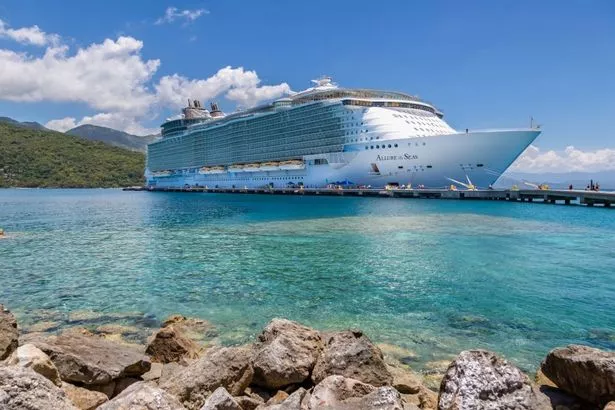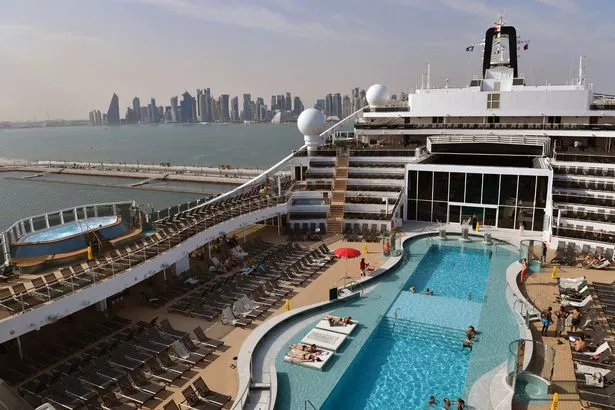The global tourism sector has experienced a crisis across the industry as people have booked less travel due to unprecedented events worldwide.
The tourism sector has suffered from problems from terrorist threats, political instability and natural disasters. Multiple countries have taken a hit, with holidaymakers looking at alternative options such as staycations.
But the part of the industry which seems to not only be staying afloat but instead booming is cruise ships. According to experts, cruise holidays have boosted in popularity. Data from Cruise Industry News has revealed that new ships are having to be built to meet demand.

(
UCG/Universal Images Group via Getty Images)
The latest edition of the global cruise ship order book shows that 67 ships are scheduled to enter service by 2036. Travel company, Viking, earlier announced a deal to build two additional 998-guest vessels. The company now has orders through 2030 on top of options for four more ships in 2031 and 2032.
Norwegian Cruise Line Holdings has come out on top for the amount of new builds, with 13 vessels on order for its three brands by 2036. The Royal Caribbean Group will not be far behind as they will take delivery of seven new ships by 2028. According to the publication, MSC Cruises has a total of seven ships entering service for its two brands through 2028.

(
Getty Images for MSC Cruises)
Patrick Scholes, travel and leisure analyst at Truist, told CNBC: “Cruise companies are having a moment right now.” While Carnival CEO Josh Weinstein said rumoured cracks elsewhere could help increase his business. He believes that holidaymakers will have a better experience under Carnival. He said: “If that’s true that the consumer is slowing down in other sectors, that really bodes well for us to be able to take them into our demand profile because we will be of value. We give a better experience at a better price than they can achieve elsewhere.”
Barclays analyst Brandt Montour told CNBC: “The Cruise industry’s continued strength in bookings/demand, whilst cracks form across much of the rest of the travel market, is primarily driven by the combination of the still significant discount to land-based vacations coupled with the relatively elevated service levels.”
This post was originally published on here







